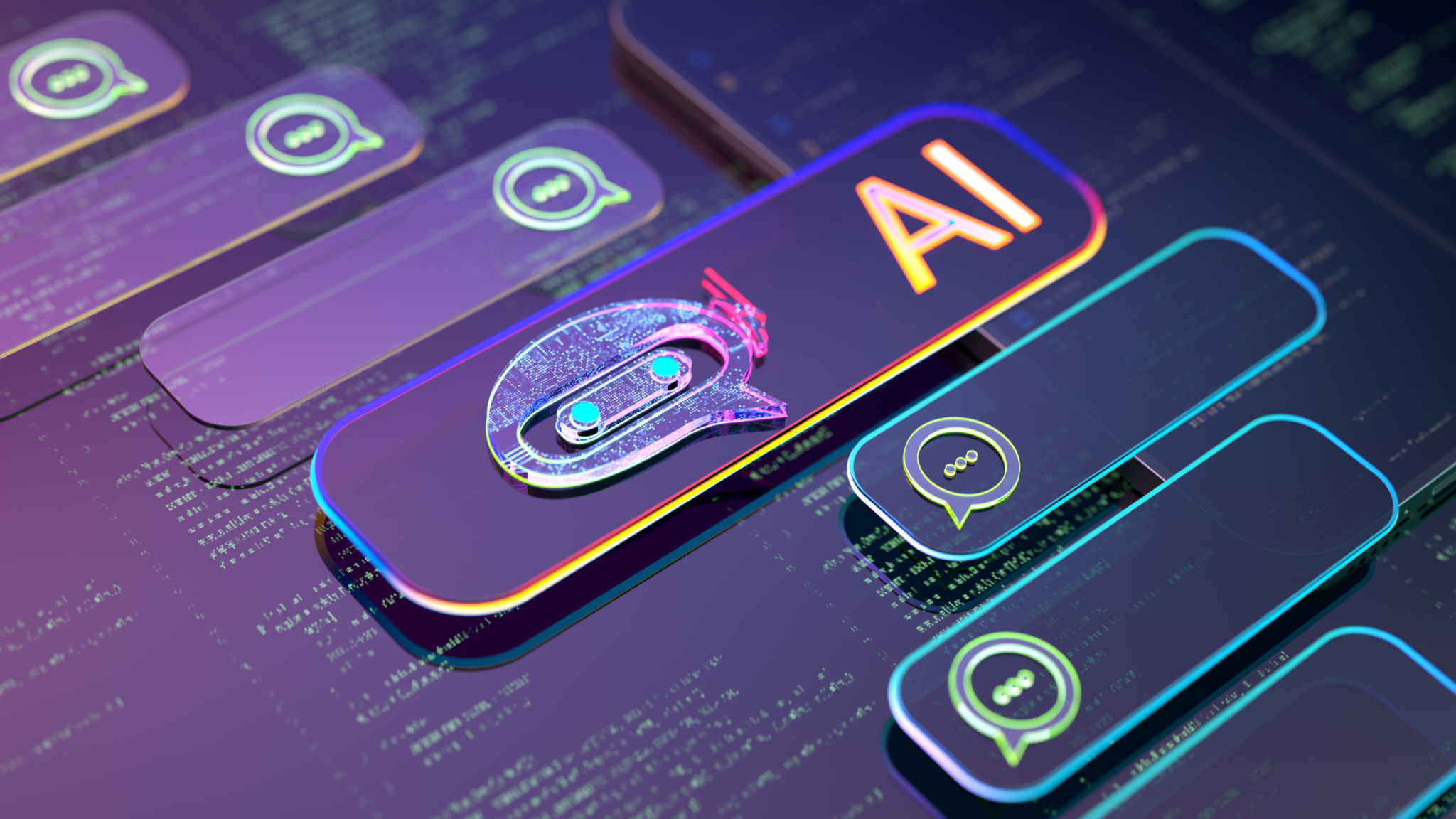AI in Action: A Guide to Streamlining Workflows with Intelligent Agents
In today's rapidly evolving digital landscape, businesses are constantly seeking ways to enhance productivity and efficiency. One of the most promising solutions is the integration of AI-powered intelligent agents into workflows. These technologies are transforming the way organizations operate, helping to streamline processes, reduce errors, and save valuable time.
Understanding Intelligent Agents
Intelligent agents are software entities that perform tasks autonomously by leveraging AI and machine learning. They can analyze data, interact with users, and make decisions based on predefined rules and learned experiences. This capability makes them ideal for automating routine tasks, allowing human workers to focus on more strategic activities.

Key Benefits of AI in Workflow Optimization
Implementing AI in workflows offers several advantages. First, it significantly reduces the time spent on repetitive tasks, such as data entry and report generation. By automating these processes, businesses can reallocate resources to more critical areas, enhancing overall productivity.
Another benefit is the reduction of human error. AI systems can process large volumes of data with high accuracy, ensuring that decisions are based on reliable information. This precision is vital in industries where mistakes can lead to significant financial or reputational damage.
Real-World Applications
Many industries are already leveraging AI to enhance their workflows. In finance, for example, intelligent agents are used for fraud detection and risk assessment, analyzing transactions in real-time to identify suspicious activities. In healthcare, AI is streamlining patient care by automating appointment scheduling and managing electronic health records.

Steps to Implement AI in Your Workflow
To successfully integrate AI into your workflow, follow these steps:
- Identify repetitive tasks: Start by pinpointing tasks that are time-consuming and monotonous.
- Choose the right tools: Research and select AI tools that best fit your specific needs and industry.
- Train your team: Provide training to ensure your team understands how to use AI tools effectively.
- Monitor and adjust: Continuously monitor the performance of AI systems and make necessary adjustments to optimize results.
By following these steps, businesses can ensure a smooth transition to AI-powered workflows, reaping the benefits of increased efficiency and accuracy.
Challenges and Considerations
While the advantages of AI are clear, there are also challenges to consider. Data privacy and security are paramount, as AI systems often handle sensitive information. It's crucial to implement robust security measures to protect against data breaches.

Additionally, businesses must consider the ethical implications of AI. Ensuring that AI systems are used responsibly and transparently is vital to maintaining trust with customers and stakeholders.
The Future of AI in Workflows
As AI technology continues to advance, we can expect even more sophisticated intelligent agents that further streamline workflows. Emerging technologies, such as natural language processing and enhanced machine learning algorithms, will enable AI systems to understand and respond to human needs more intuitively.
In conclusion, integrating AI into workflows is not just a trend but a strategic move towards greater efficiency and innovation. By embracing these technologies, businesses can position themselves at the forefront of their industries.
